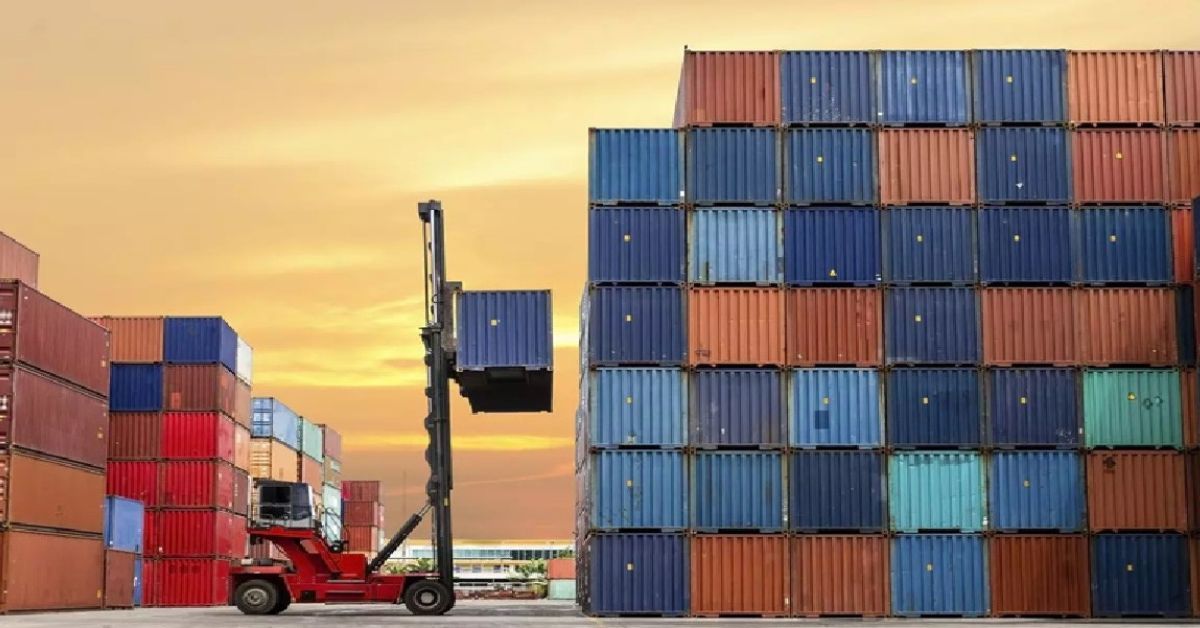Despite a dip in shipments to the US following the recent 50% tariffs on Indian goods, overall container cargo volume in India is expected to grow 8% this fiscal to reach 380 million tonnes, according to a CareEdge Ratings report. This growth is slightly below the 11% expansion recorded in FY25, when volumes touched 351 million tonnes amid disruptions like the Panama Canal and Red Sea crises. The sector has posted a compounded annual growth rate of 8% over the past three years ending FY25.
While the US remains India’s largest export market, accounting for 20% of merchandise exports, its share in sea-based trade (excluding electronics) is under 5%, limiting the direct impact of tariffs on port volumes. Overall merchandise exports stood at $437 billion in FY25, with US-bound sea exports forming a modest portion, CareEdge noted.
Container volumes have benefited from port capacity expansions, increased transshipment activity, and the nearing completion of the Western Dedicated Freight Corridor. However, overall coal volumes are expected to decline 3% in FY26 due to rising domestic production and higher renewable energy penetration, even as coastal coal volumes are projected to grow 10%.
Domestic coal production rose 5% to 1,048 MT in FY25, while renewables’ share in electricity generation increased from 11% in FY22 to 14% in FY25, reducing coal import dependence by around 8%. Eastern coast ports have offset part of this decline, with coastal coal volumes growing 20% annually between FY22 and FY25. Geopolitical tensions, including India-Pakistan strains, temporarily impacted Gujarat’s port volumes in May.
The sector has navigated multiple disruptions in recent years—from the Russia-Ukraine war and Panama Canal delays to Red Sea crises. In 2025, flashpoints such as the Iran-Israel conflict and Operation Sindoor have further challenged shipping operations.
Recent port capacity additions, including 2.4 million TEUs at Jawaharlal Nehru Port (JNPT) and 1 million TEUs at Vizhinjam Transshipment Port, along with terminal upgrades and full connectivity of the Dedicated Freight Corridor to JNPT expected by December 2025, are expected to support container growth. Nonetheless, rising insurance costs, volatile shipping rates, and longer transit times continue to weigh on the sector.









